How to Avoid Defects When Welding Titanium: Custom Welding Services
- Posted By: Zach Schantz
Titanium has a cachet other metals lack. It’s an aerospace alloy and a spaceflight alloy. It’s exotic, yet used in a range of fabricated metal products. Titanium has characteristics that make it unique. When you need strength, low weight, and corrosion-resistance, you ask for titanium.
But and there’s always a but, titanium is not easy to work with. Welding presents a particular challenge. Few fabrication shops have the expertise to create titanium parts for applications like frames and suspension components, but Schantz Custom Fabrication is one of them. Here are some of our secrets.
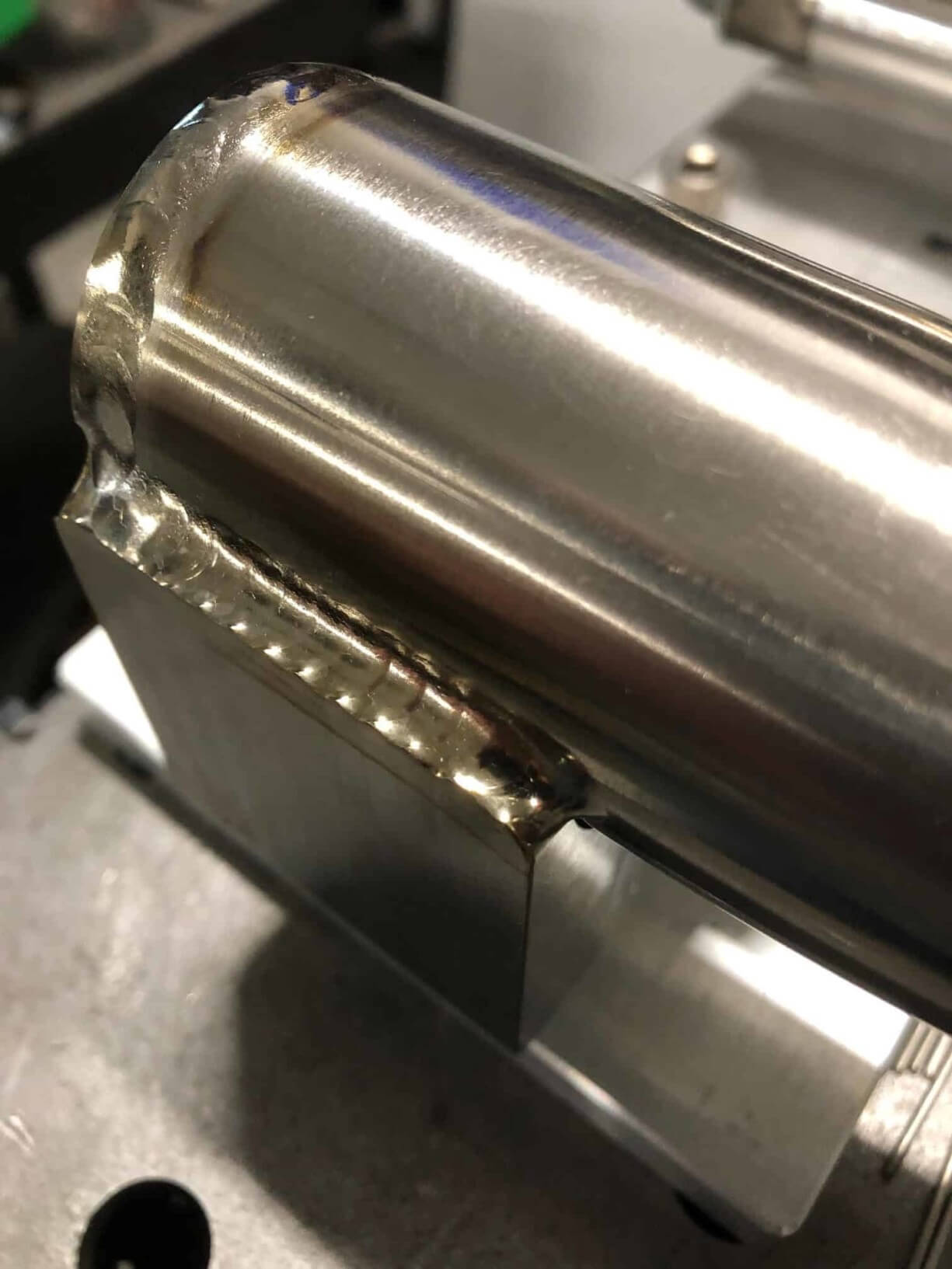
Understanding the Properties of Titanium
Titanium is slightly denser than aluminum, but around half the density of stainless steel. At the same time, it’s stronger than low carbon steel and almost as strong as many stainless grades. That tells us it has a remarkably high strength-to-weight ratio.
Titanium is produced in nine ASTM grades. These range from what is essentially pure titanium to highly alloyed grades. The workhorse Grade 5 contains 6% aluminum and 4% vanadium. It’s machinable and formable (though with a lot of springback), and most importantly, it’s weldable.
Something to keep in mind about titanium, however, is that it has a very strong affinity for oxygen. This is what creates the corrosion-resistant oxide layer on the surface. It’s also what makes titanium so hard to weld.
Fabricating Custom Titanium Assemblies
Titanium doesn’t melt until it nears 3,000°F. Before it gets there, it becomes extremely hungry for oxygen, and to a lesser extent, hydrogen and nitrogen. Any of those atoms in the surrounding atmosphere will get drawn in and will likely cause porosity.
If they don’t lead to weld porosity, you may find there’s embrittlement or, slightly less likely, contamination-induced cracking. Any of these will mean reworking your weldment, assuming you spot them before the weld fails!
Fortunately, titanium offers a visual clue that something has gone askew with the welding: it changes color. Good titanium welds are silver or straw-colored. Bad welds will be blue, gray, or even white. (Blue is popular for jewelry, but you don’t want it on your vehicle components!)
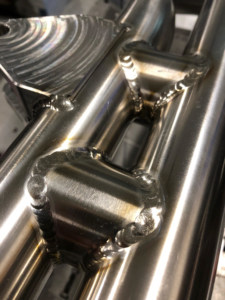
Defect Free Titanium Welds & Fabricated Metal Products
The key is to exclude all oxygen while TIG welding. This means:
- Being diligent about cleaning.
- Wearing gloves when handling clean titanium components and filler wire.
- Keeping every trace of steel away from titanium.
- Using the biggest possible shroud around the shortest possible arc. Gas lenses help improve shielding.
- Using a trailing shield so the metal cools in an oxygen-free atmosphere and purging the weld back face with shielding gas.
One more interesting note about titanium is that welders often find it easier to work with than steel, due to its high surface tension and good fluidity.
Custom Titanium Parts & Assemblies
by Schantz Machine & Fabrication
If you need a component that’s light yet very strong, titanium might be the answer. Yes, it’s an exotic aerospace material, but don’t let that put you off. We know what it takes to produce quality titanium parts or assemblies.
Contact us today for a quote.
Other Articles of Interest
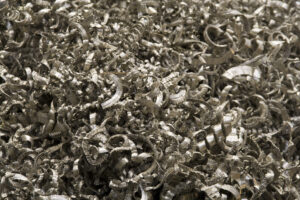
Titanium vs Steel Choice
Titanium vs Steel: Whats the Better Choice? In the manufacturing world and the machining industry, titanium and steel are the top choices when it comes
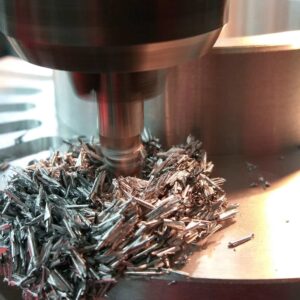
Top Challenges to Consider When Machining Titanium
Top Challenges to Consider when Machining Titanium Titanium’s high strength, high corrosion resistance, low weight, and other distinctive characteristics make it a material that is
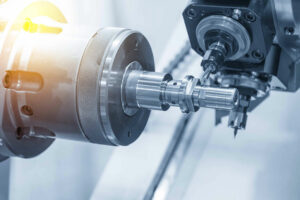
What is Turning CNC Turning Milling for Custom Machining
What is Turning? CNC Turning & Milling for Custom Machining CNC machining encompasses several processes, the outcomes of which can include tools, parts, or components
How Can We Help You Today?
From initial design, to prototypes and full production,
you can count on us to deliver quality parts,
on time and on budget!

